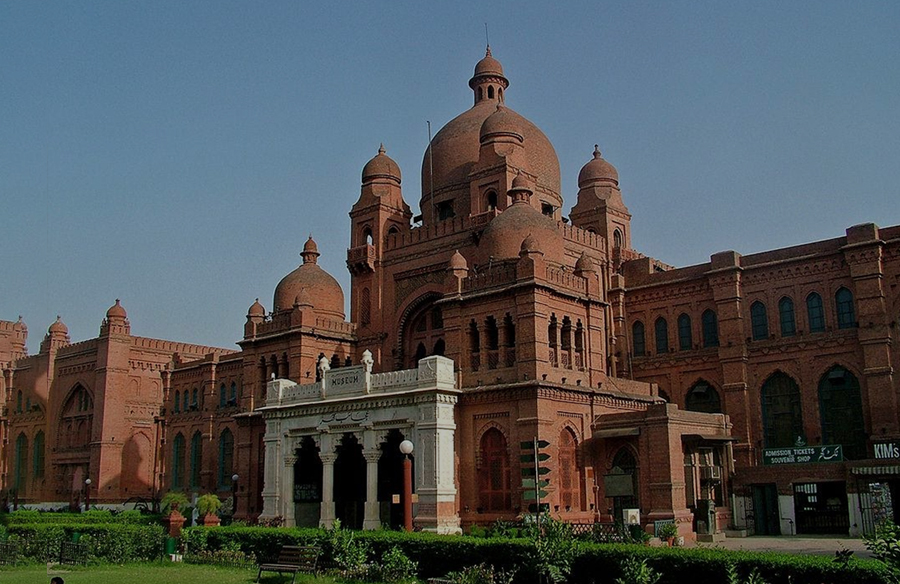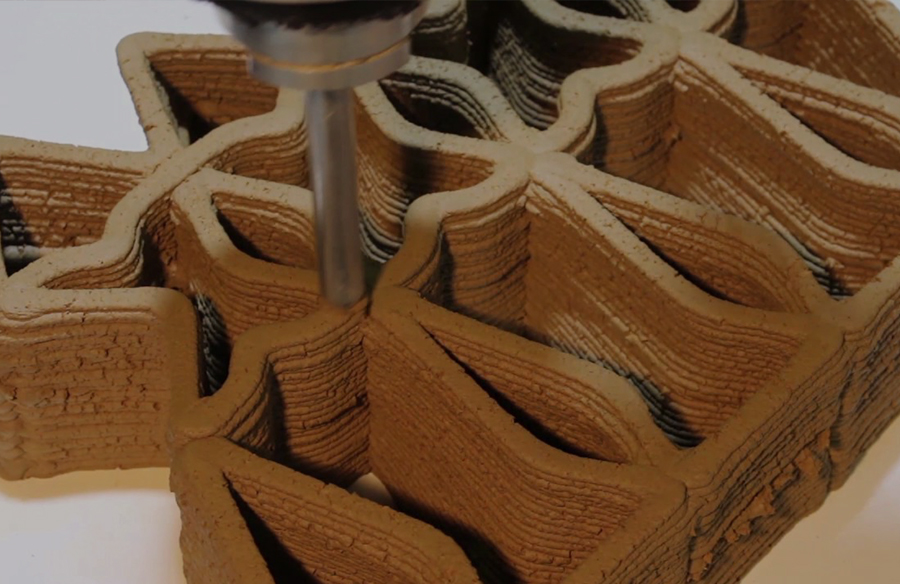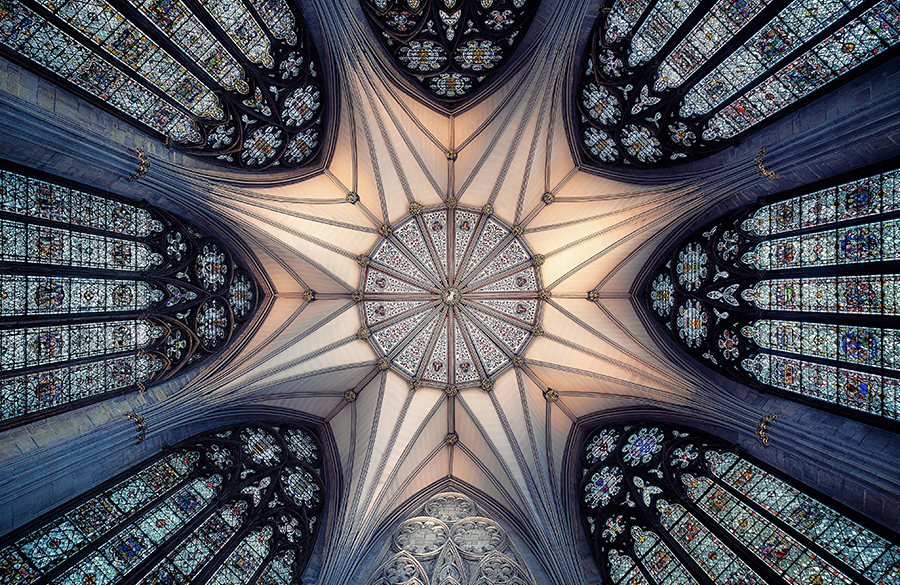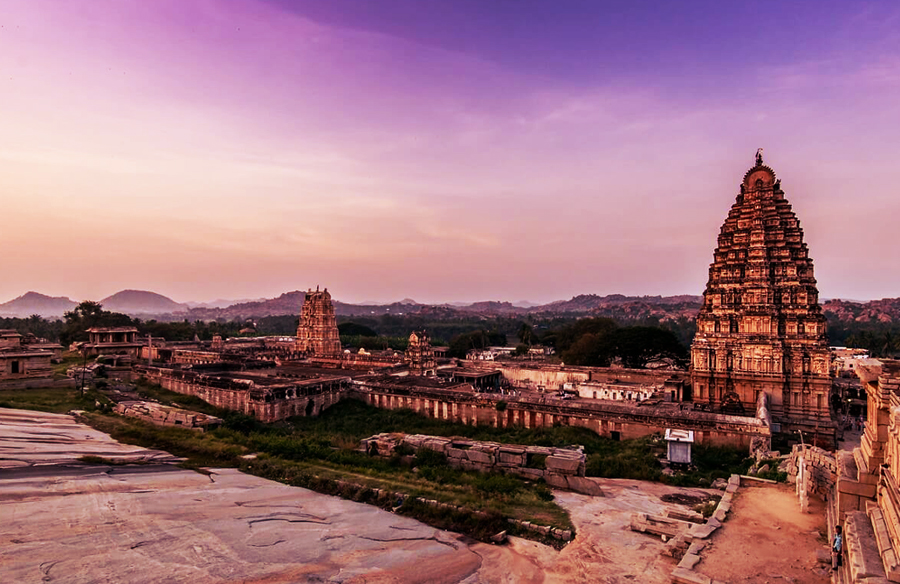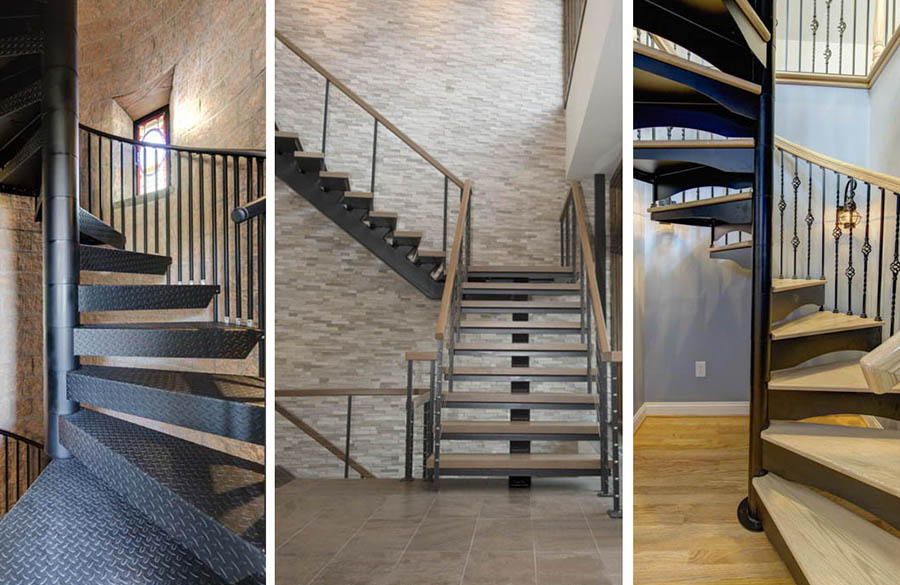‘A Salad Bowl of Cultures’, as it is known worldwide, South Asia is an embodiment of rich traditions and ethnic discourses. The diverse continuum comprises modern-day nations of Afghanistan, Bangladesh, Bhutan, India, Nepal, Pakistan, Sri Lanka, and the Maldivian islands. We see a direct reflection of the continuous evolution of these nations’ societies in striking examples from their large built environment.
Due to years of colonization, these structures are influenced by the Western paradigms that merge with unique vernacular strategies. The present-day architects take cues from the long architectural histories of these states to design for a self-sufficient and sustainable future of their country. But how did this architectural style originate?

From the purview of the monumental remains around the world, one can decipher that architecture has always been a tool to weave national narratives. Buildings have been known to anchor the beliefs and cultural aspirations of the people. As the populations of different nations spread over land and sea in search of work or on quests to religion, there was an exchange of ideas and cultures between people. National sentiments remained put in archetypes, but architectural styles disassociated from a single nation to cover the entire subcontinent. Thus, the congruence of a myriad of features evolved in all monuments built thereof, irrespective of their region. It gave birth to an intricate and vast architectural style not limited to only one nation—instead, an inclusive amalgamation of several nationalist identities, known as South Asian Architecture.
In this ethnically diverse region of South Asia, the earliest signs of inception of the architecture school of thought are found in inscriptions. These indicate construction primarily based on secular lines. Most of these sacred monuments did not stand the test of time but are a part of the great relic repositories in the form of literature and illustrations. However, the source of tracing the Art and architectural history is not limited to ancient manuscripts.
The glorious examples of the surviving sculptures also indicate a sectarian approach of building. Historians have classified these built forms as Buddhist, Jain, and Hindu models followed by an Islamic spread and later a prolonged period of colonial intercession. It is debatable whether the actual construction was guided by religion or that the study of architecture by early historians based their finds on the grounds of faith.

The remnants of sanitation systems engineered by the Indus Valley civilization (existing as early as 3000 BCE), point to the scientific advancement that diffused in the public realm. The chronology of South Asia’s architectural history had to move away from earlier religious taxonomies to include these discoveries. The unearthing of cartographic instruments proves that large scale urbanism was at the core during this time and architectural edifices focused on developing a healthier, safer habitation for all.
The foundations of these technological innovations, as diagnosed and discussed by the Archeological Survey of India, dealt with their construction rationale more than the architectural elements. These fluctuated between social, cultural, and political as the forms and frameworks continued to alter.
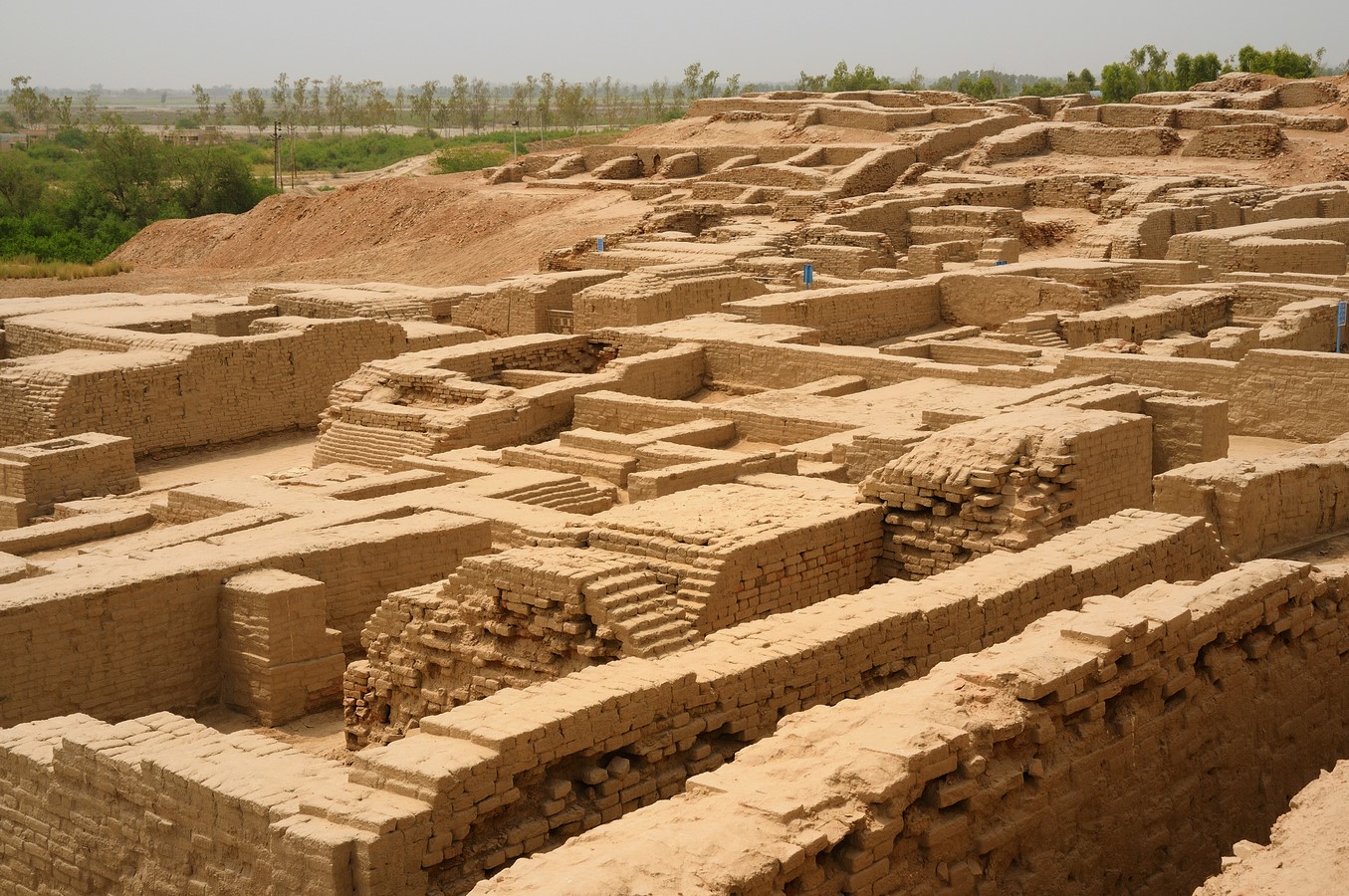
The early medieval times saw the advent and spread of regional superpower dynasties such as the Guptas. ‘Abodes of Gods’ were constructed in stone, each with their provincial or sub-regional styles. The temple structures built to last were primarily used to exert the influence of dynastic rulers. With their distinct plans and elevations, these temples were linked with specific commonalities, such as the use of stone to gain permanency. Carved Badami caves in southern India, Sri Lankan Buddhist temples, and mosque building practice shaped the local definitions of architecture in this era.

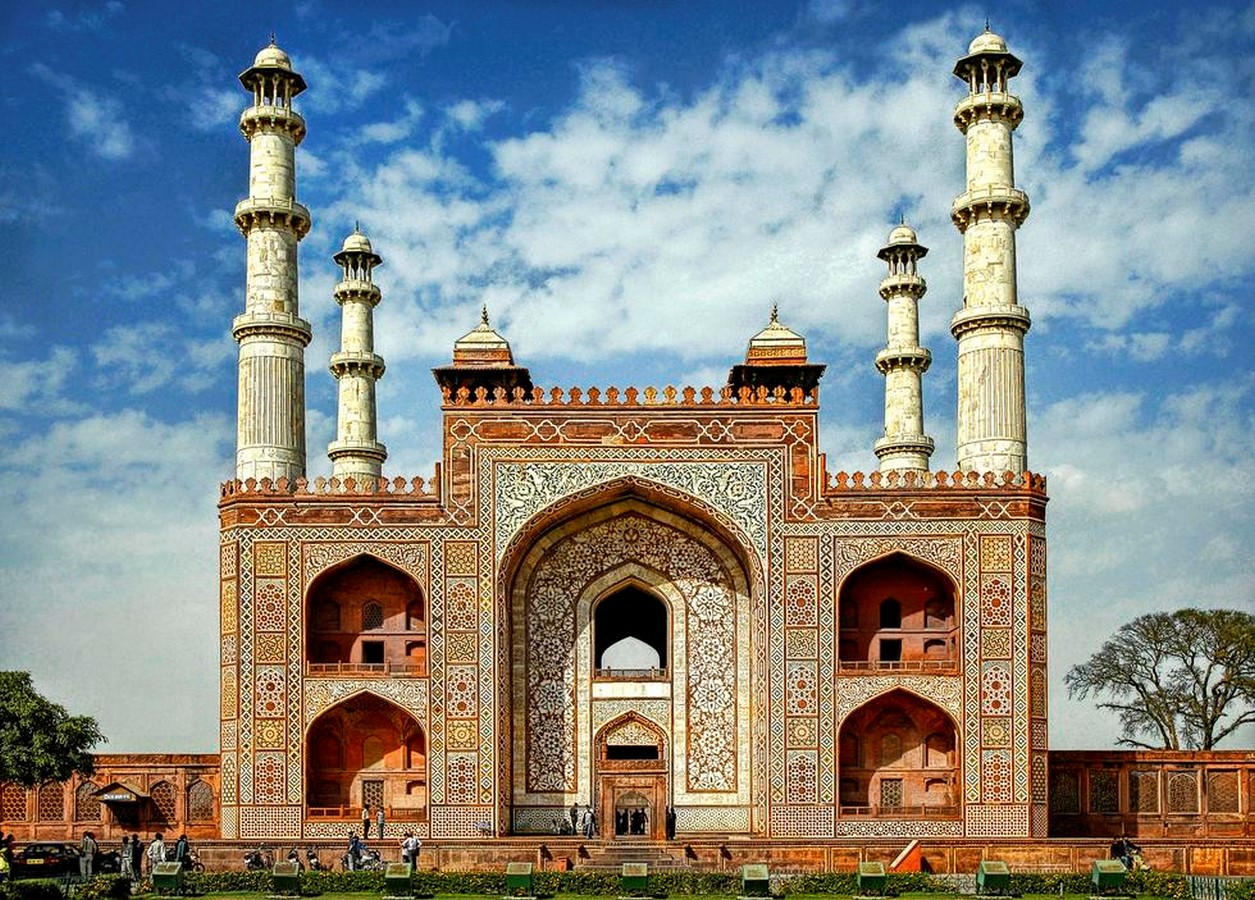
From the late twelfth centuries, the political control of Turkish Afghans and the spread of Islam in Northern parts of the Indian subcontinent reached its pinnacle with the construction of the Taj Mahal: an icon to be admired for centuries ahead. Several building monuments were altered to adjust to this new faith, but the intricacies of the craftsmanship and architecture soon drew the attention of the colonial powers.
The seventeenth century saw the onslaught of Western administration in the region. To control such a large and diverse population, structures such as barracks, residences, and offices arose. The architecture was used as an intervention to regulate social order among the public. Victorian architecture and Mughal influences are still prevalent in the nations’ built heritage, which is mostly identified as ‘beautiful yet intrusive’.

After the subcontinent superseded their colonial masters, there was a need to undo their influence to create new national identities. Many novel movements and trends came to light in this modern period for architecture.
South Asian architects dabbled with the most extraordinary materials and design practices to build institutions for a resilient and robust society. They learnt from historical connotations of structures and constructed primarily to assert their new-found independence—architect Muzharul Islam’s National Library in Bangladesh vested powers of development in textual knowledge.
In India, Achyut Kanvinde brought about a cooperative movement with his milk processing plant in Mehsana. The people were done being the puppets of the Western makers, and the architects made sure that their designs echoed these societal ideals of freedom and liberty.
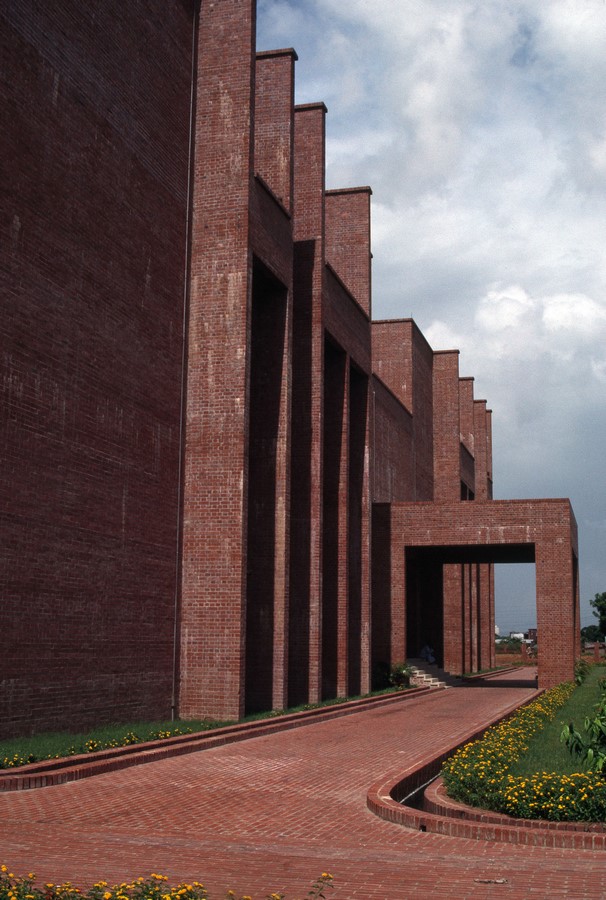
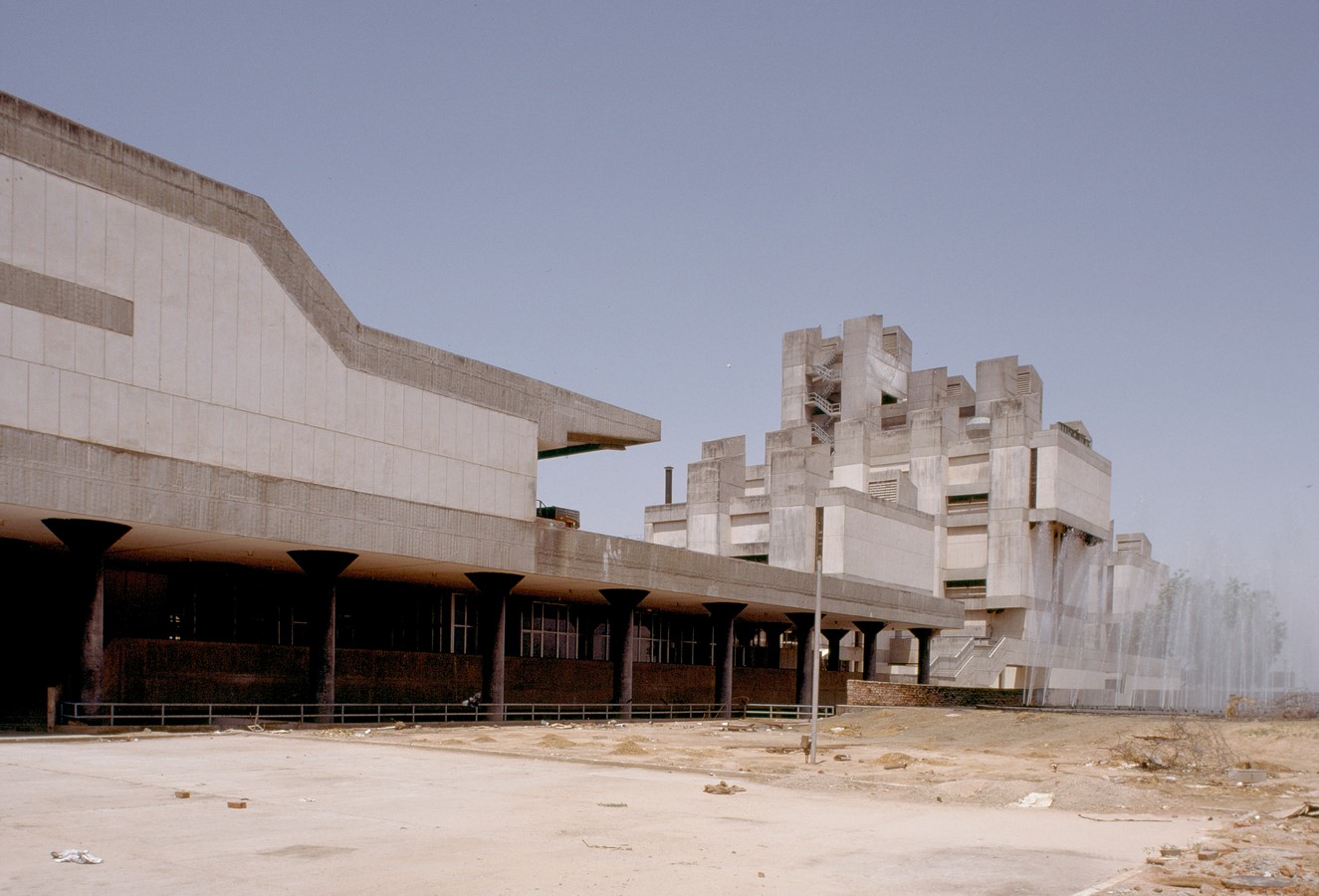
As the practice continues to evolve, the ingenious architects of South Asia have adopted region and climate-sensitive techniques of construction. There are numerous success stories of architects going back to their inherent roots to accommodate future needs and refine the existing infrastructure. Most importantly, there are platforms for conversations for all nations’ representatives to discuss more significant problems that affect us, such as climate change. Post-earthquake Nepal has transitioned to traditional building materials for rapid construction. Bhutan’s administration works on policies to retain cultural values and improve the national happiness index. India’s continuous strive to restore its dilapidated liminal spaces has been an eye-opener for designers worldwide.
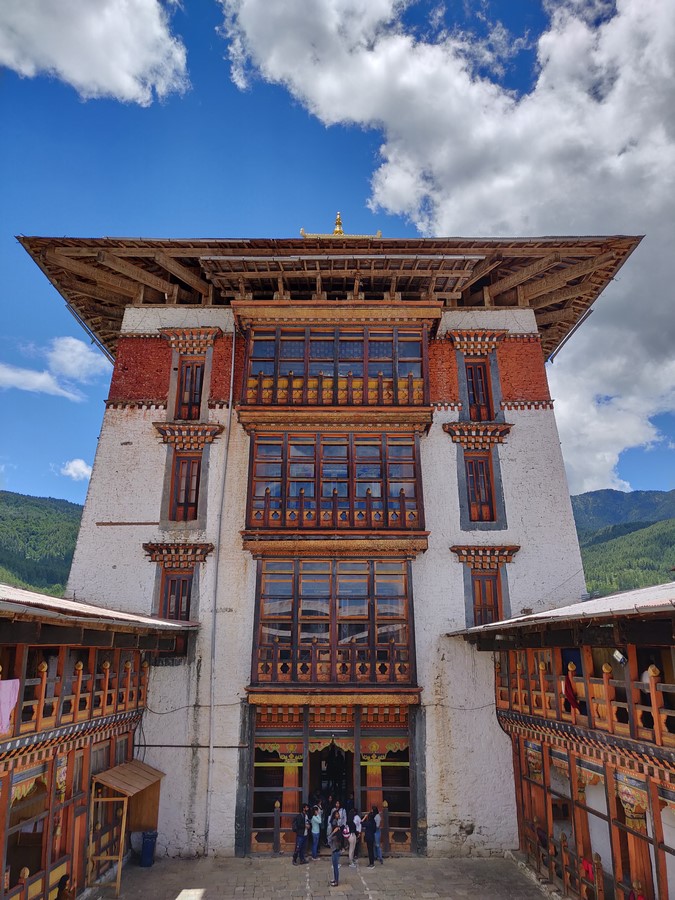
South Asian architects have strived to create comfortable homes, devise new solutions, adjust to changing environments, but most importantly, they have broken geographical boundaries to create a culturally cohesive form of architecture.


